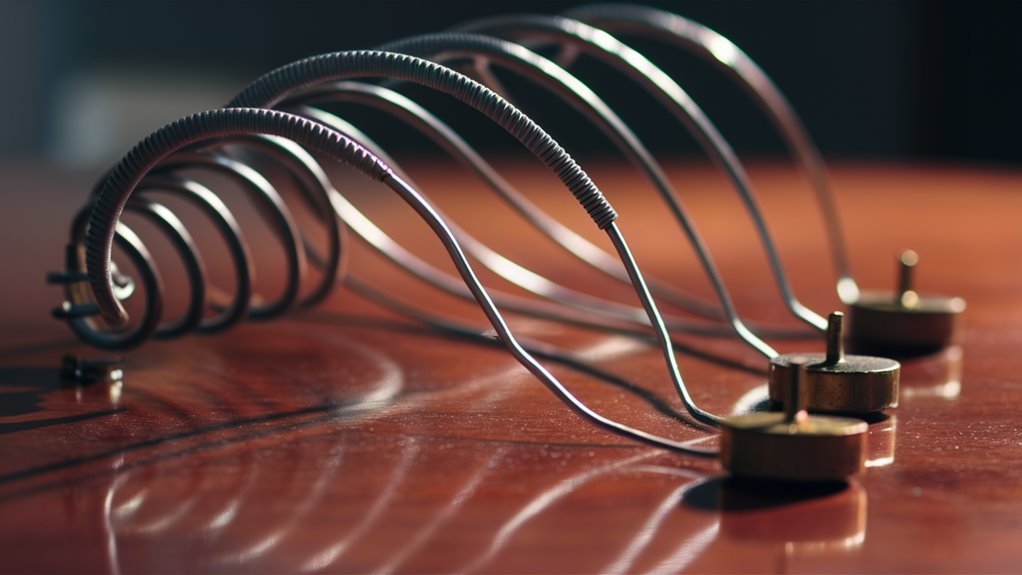
Arc & Tether Betting Systems: New Moves in the Game
Get the Set Rules
Arc and tether systems in games use both new and old ways with ball weight to stay on top. They mix smooth latches and swift moves for a win not seen in old games. These joined methods shape a fresh path.
Smart Moves with Tether
Using smart tether lines, force spreads in new ways on heavy tops. With the right pick of touch spots and good push calculations, players can now make moves that were once too hard. The trick is in knowing how it all fits and moves.
Using the Power of Motion
The big win comes from putting freedom lines in check with hold points on heavy tops. Doing the tethers just right, smooth and well-kept play wins the game and keeps the gear together. Smart moves have changed the way tables play now.
Know Your Game Inside Out
Top scores in arc and tether games need a deep know-how of rules and hands-on work. The best players see that really grasping the build, not just miming steps, does the job. This holds true in any match set-up.
How Tethering Changed in Space
How Space Tethering Began
Space tethering started in the 1960s with the first space car designs, using high power ropes to link craft. It was a big step into new ground. First, old set-ups led the way. From then, new space tether tech has grown from plain old rope to strong moving cable forces.
New Power from Tethers
Today’s long wire tethers meet Earth’s field to push without any fuel, a big step in how we move in space. These setups show how well power can be made and used up there.
Now in Tether Tech
New wire make lets us set and watch wire pull as it works. New stuff like carbon lines and tough builds like Kevlar let us make longer and better wires.
Tech Breakthroughs
- Smart setups to control wire pull
- Watching wire stress as it works
- Better ways to turn in orbit
- Self-fix materials
- New ways to set and use gears
Fine Moves with Arcs
Key Moves in Arc Handling and Tight Holds
In space, tether setups help keep strong builds. They also play big in how we can change the arc of orbits.
Tight Arc Hold in Tables
This matters in key sweeps and big spins.
Starting Steps
Changing Spin Size
- Adjusting the spin size changes how we see weight in motion.
- How things move hangs on this.
- The best spin size makes sure all parts move right without weight.
Turn Spin into Moving Speed
- Picked arc paths let us shift speeds well.
- This sure hold allows for smooth orbit changes while keeping it all safe.
Time Your Sweep Right
- Making wave times and line buzz match gives us controlled ring effects.
- This lets players up or drop moves just how they want.
Winning Big Under All Stars
- Small changes fix how things sit.
- Top arc skills work with lines for smooth moves in all space fields.
- This skill tops play in any orbit out there.
Stay Safe in Big Games
Must-Know Safety Steps for Big Games
Stick to the Safety Rules
To keep all safe in big matches, like semi-finals, we need to keep things in check and look at all parts for top play.
- First, check if the line pull stays right under full load.
- Leave room for 15% error before things could fall.
Be Sharp in Moves
- Know where the other guy is, it really helps against sneaky moves.
- Keep tabs on balance and push back right in arc sweeps.
- Hold points must stay put under side pull.
Watch the Load
- Keeping an eye on line hold is key to safe play.
- Players must take a 30-second look in the game to test for old lines.
Quick Help Must-Haves
- Fast let-go tools must be easy to get to.
- Must try quick fix runs often.
- player-friendly policies
Play Like a Champ
Full Guide to Top Game Plans
Main Ways to Move
- Smart spots and smooth moves count a lot.
Smart Play Set-Ups
- Mixing smart shot ways with key hold spots sets up hard moves.
- A planned use of high lock and quick open moves keeps you ahead.



